
Tea with Mussolini is a 1999 semi-autobiographical comedy-drama war film directed by Franco Zeffirelli, scripted by John Mortimer, telling the story of a young Italian boy's upbringing by a circle of British and American women before and during the Second World War.

Michael Haneke is an Austrian film director and screenwriter. His work often examines social issues and depicts the feelings of estrangement experienced by individuals in modern society. Haneke has made films in French, German, and English and has worked in television and theatre, as well as cinema. He also teaches film direction at the Film Academy Vienna.

Fiorile is a 1993 Italian drama film about a family curse caused by greed. The film was directed by Paolo and Vittorio Taviani, and stars Claudio Bigagli, Galatea Ranzi, and Michael Vartan. It was entered into the 1993 Cannes Film Festival.

Paolo Emilio Taviani was an Italian political leader, economist, and historian of the career of Christopher Columbus. He was a partisan leader in Liguria, a Gold Medal of the Italian resistance movement, then a member of the Consulta and the Constituent Council, later of the Italian Parliament from 1948 until his death. Several times minister in the Republic’s governments. He was author of studies on economics and important works on Christopher Columbus, University professor and journalist.

Padre Padrone is a 1977 Italian film directed by Paolo Taviani and Vittorio Taviani. The Tavianis used both professional and non-professional actors from the Sardinian countryside. The title literally means "Father Master"; it has been translated as My Father, My Master or Father and Master.
Valentino Orsini was an Italian film director.
The 4th Boston Society of Film Critics Awards honored the best filmmaking of 1983. The awards were given on 29 January 1984.
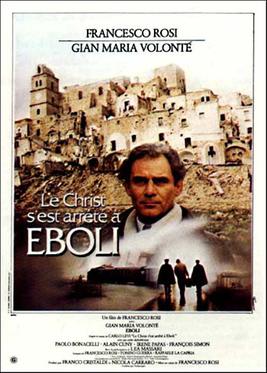
Christ Stopped at Eboli, also known as Eboli in the United States, is a 1979 drama film directed by Francesco Rosi, adapted from the book of the same name by Carlo Levi. It stars Gian Maria Volonté as Levi, a political dissident under Fascism who was exiled in the Basilicata region in Southern Italy.

Paolo Taviani and Vittorio Taviani, collectively referred to as the Taviani brothers, were Italian film directors and screenwriters who collaborated on numerous film productions.

Giovanna Ralli,, is an Italian stage, film and television actress.
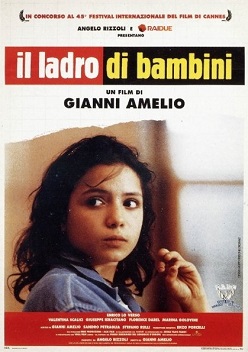
The Stolen Children is a 1992 Italian film directed by Gianni Amelio. The film was selected as the Italian entry for the Best Foreign Language Film at the 65th Academy Awards, but was not accepted as a nominee.
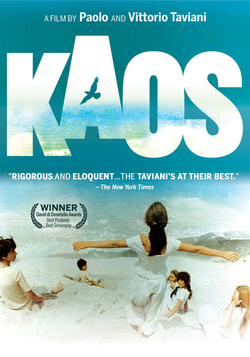
Kaos is a 1984 Italian drama film directed by Paolo and Vittorio Taviani based on short stories by Luigi Pirandello (1867–1936). The film's title is after Pirandello's explanation of the local name Càvusu of the woods near his birthplace in the neighborhood of Girgenti (Agrigento), on the southern coast of Sicily, as deriving from the ancient Greek word kaos.
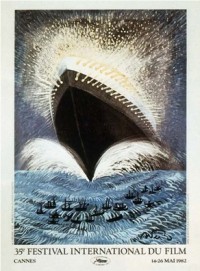
The 35th Cannes Film Festival was held from 14 to 26 May 1982. The Palme d'Or was jointly awarded to Missing by Costa Gavras and Yol by Şerif Gören and Yılmaz Güney.

The Sun Also Shines at Night is an Italian film directed by Paolo and Vittorio Taviani in 1990. It was screened out of competition at the 1990 Cannes Film Festival.
The 18th National Society of Film Critics Awards, given on 4 January 1984, honored the best filmmaking of 1983.
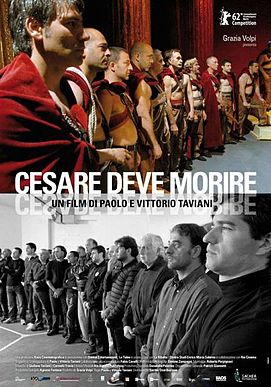
Caesar Must Die is a 2012 Italian drama film directed by Paolo and Vittorio Taviani. The film competed at the 62nd Berlin International Film Festival where it won the Golden Bear. The film is set in Rebibbia Prison, and follows convicts in their rehearsals ahead of a prison performance of Julius Caesar.

Wondrous Boccaccio is a 2015 Italian film directed by Paolo and Vittorio Taviani. It is loosely based on stories from The Decameron by Giovanni Boccaccio.

Rainbow: A Private Affair is an Italian drama film directed by Paolo and Vittorio Taviani, based on the novel A Private Matter by Beppe Fenoglio. It is the last film directed by both brothers before Vittorio Taviani's death in 2018.
Lina Nerli Taviani is an Italian costume designer, and widow of film director Paolo Taviani.

Gaetano De Negri, known professionally as Giuliani G. De Negri, was an Italian film producer and screenwriter. He is best known for his collaborations with film directors Paolo and Vittorio Taviani, having penned some and produced all of their films since 1961.
















